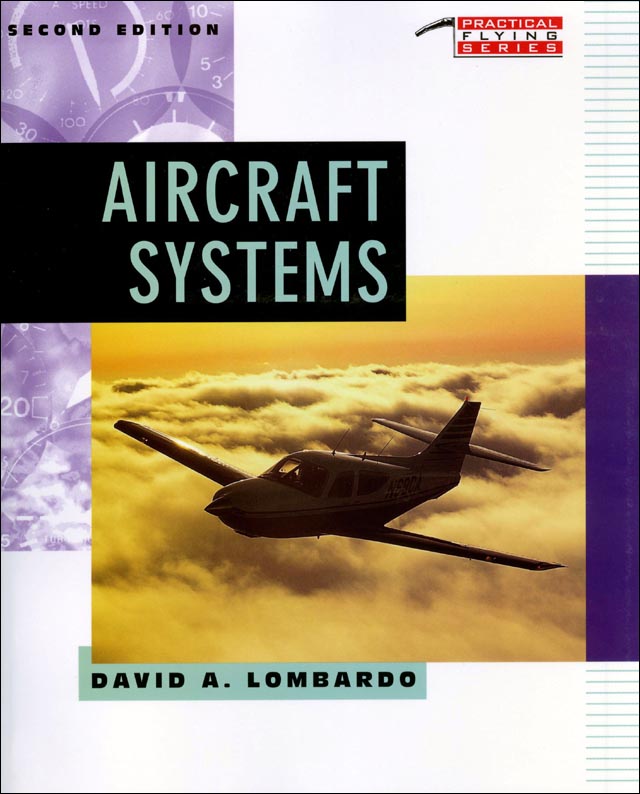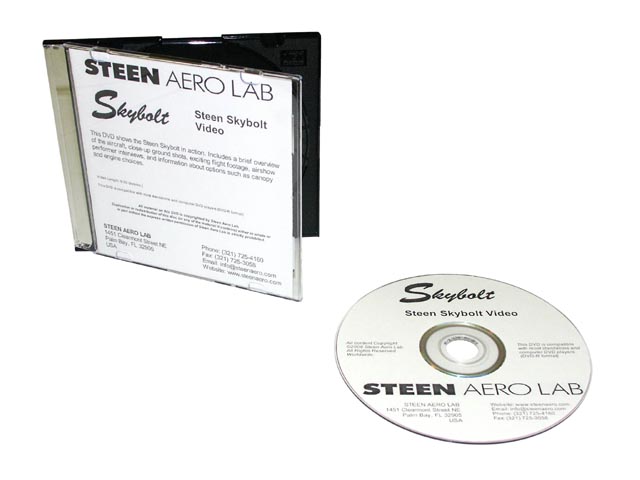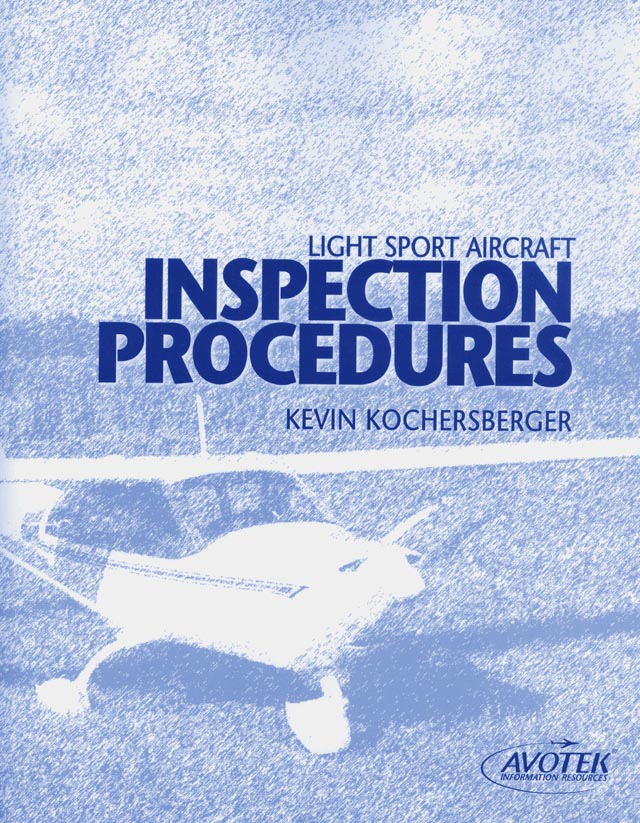Description
This book focuses on “What You Need to Know About How Your Airplane Works” and includes info of practical value to the pilot. The aim of this book is to teach the pilot what he or she needs to know in order to understand and be able to safely operate the systems found in general aviation aircraft. Highly technical and theoretical discussions, which are of interest mainly to those designing or performing heavy maintenance to these systems, are avoided in favor of discussions covering the actual basic concepts and practical operating concerns that will help a pilot become more competent at operating the systems, perform better preflight inspections, recognize negative interactions between systems, and reduce maintenance problems through better communications with maintenance personnel. While the book doesn’t shy away from discussing technical details when appropriate, or at least providing the necessary overview of them, the intent is to provide a useful grounding in the systems with an eye towards enhancing overall flight safety and reducing maintenance costs. That being said, the information is presented in a very clear, direct, yet conversational style that will enhance learning and keep it from becoming tedious. There are many illustrations provided as well. This book is an excellent reference for both students and longtime pilots and reading the common-sense advice presented will be sure to make you a better and safer pilot, and help to prevent the expensive, inconvenient, or downright dangerous problems which so often occur because pilots and aircraft owners have incomplete or incorrect understanding of their aircraft’s many important systems. You’d have to be quite the expert in many areas NOT to learn a lot of useful things from this book!
Written by David A. Lombardo, Copyright 1999. ISBN 0-07-038605-6. Published by McGraw-Hill. 318 Pages, Softcover.
Chapters include:
| Acknowledgments Introduction to the revised edition Introduction to the first edition 1. The Airframe 2. Aircraft Instruments 3. Aircraft Maintenance 4. Powerplants 5. Lubricating Systems 6. Fuel Systems 7. Turbocharger Systems 8. Electrical Systems |
9. Propellers 10. Landing Gear Systems 11. Environmental Systems 12. Pressurization Systems 13. De-icing and Anti-icing Systems 14. Hydraulic Systems 15. Pneumatic Systems Glossary Index |





Reviews
There are no reviews yet.